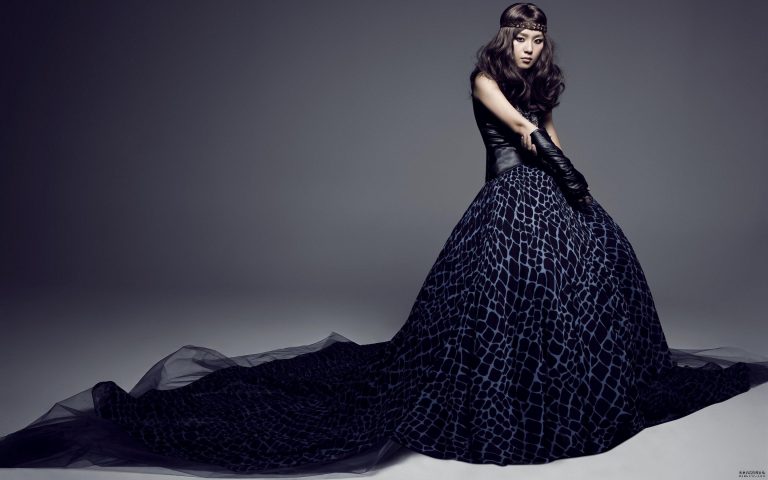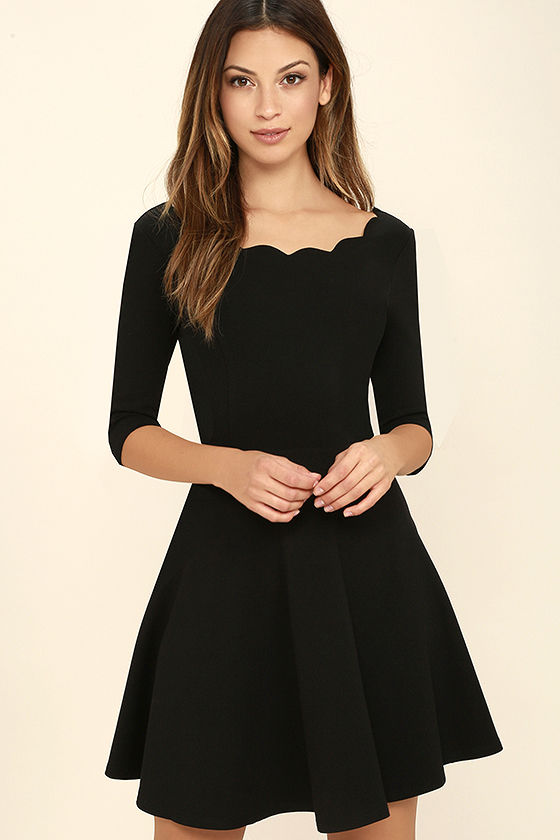
Holly Golightly of Audrey Hepburn in her sleeveless black Womens Sexy Dresses, with a row of pearls on her neck, and oversized sunglasses define the low-key elegance. She is an iconic little black Womens Sexy Dresses.
This is the work of the French couture designer Hubert de Givenchy. Together with Christian Dior, Yves Saint Laurent and Cristobal Balenciaga, he redefined fashion after World War II. Givenchy is the epitome of Paris’s chic. At the age of 91, his death was announced on Monday.
Givenchy is a noble and impeccable person. He has established close friendship with famous clients including Elizabeth Taylor, Lauren Bachar, Jacqueline Kennedy Onassis and Princess Monique Grace.
But no one is as close as he is, and there is no fashion company named Hepburn. Its simple and unique became the shorthand for the brand. In addition to the little black Womens Sexy Dresses in “Tiffany’s Breakfast” in 1961, Hepburn also wears Givenchy designs in dozens of other films on the red carpet and in real life.
Born on Feb. 21, 1927 in Givene, the city of Beauvais in the northern province of Paris, his father and a commercial executive and amateur pilot died when their children were young. His mother and his grandparents reared him.
His grandfather was the administrator of a tapestry studio at Beauvais, training young Givenchy’s appreciation of art and honing his aesthetic appeal.
In his early years, Givenchy set his sights on fashion – this is a kind of career choice for his family. After graduating from high school, he suffered family pressure and joined a notary company in Beauvais, but it did not last long.
After the Second World War, Givenchy appeared in Paris when he was a teenager.
Couturier Jacques Fath hired Givenchy with his sketches and spent two years studying the basics of fashion design, from sketching to cutting and trimming high fashion styles.
After a short stay at the Piguet family, he joined the famous Italian designer Elsa Schiaparelli in 1949 and left her in 1952 to create her own house.
Located in a small room next to Monceau Park, away from the famous Golden Triangle in Paris, Givenchy’s house immediately succeeded.

His collection of jewelry ushered in the concept of separation – a mix of tops and pants, rather than the usual head-to-toe look of Parisian Haute Couture suppliers.
Givenchy works under tight budgets, providing floor skirts and rustic chic shirts made from raw cotton materials that are generally reserved for accessories.
This series of body-conscious styling caused a sensation in the fashion media and buyers, they are accustomed to Dior first introduced the yellow waist skirt “New Look”. Givenchy’s “Bettina Shirt” – This white loose-fitting fabric has crinkles on the cuffs, named after his favorite model and publicist, Bettina Graziani – and will continue in fashion history.
In 1955, Givenchy relocated to George V of Tony Street, across the street from his idol Spanish-born designer, Valencia.
“The Balenciaga is my religion,” he wrote in the 2007 fashion magazine Women’s Wear. “There are Balenciaga and good owners here.”
“Le Grand Hubert,” because he is often referred to as the 6-foot 5-inch (1.96-meter) frame, is welcomed by chartered high fashion customers, including Gloria Guinness, Wallis Simpson and Iranian Empress Farah Pahlavi.
But the client whose name was almost synonymous with the house was Hepburn, who was met in 1953 when he Dressesed up for the romantic comedy “Sabrina”. According to legend, Givenchy – only told Miss Hepburn will come to the renovation – looking forward to the grand Katherine Hepburn. On the contrary, the short-looking Audrey appeared in pipe pants, T-shirts and sandals.
This encounter marks the start of decades of friendship, allowing Givenchy to wear the stars of nearly a dozen movies, making her a de facto ambassador for the brand.
“The Fashion Dresses he gave me not only made me feel excited, but also gave me a lot of confidence. I have already worked on them. I have already played on them. I borrowed them and I bought them,” said Hepburn. Once rushed in for a television interview.
In order to enter a broader market, Givenchy introduced a series of high-end ready-to-wear and accessories in the 1960s, and its commercial success soon enabled him to acquire his supporters, making him one of the few Parisian fashion designers to have their own. One of the designer labels thoroughly.
In 1988, he sold the house to the French luxury goods group LVMH Moet Hennessy Louis Vuitton, the parent company of a top fashion brand, now including Dior, Celine, Marc Jacobs, Pucci and Kenzo.
Givenchy retired in 1995 and was succeeded by John Galliano, Alexander McQueen, Julien Macdonald, Italian Riccardo Tisci, and current chief designer Claire Waight Keller, who was the first woman to hold the position. Just last week, she showed her latest collection in Paris, showing a mouth-watering shoulder and h kin
